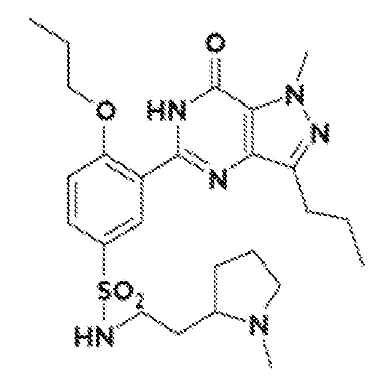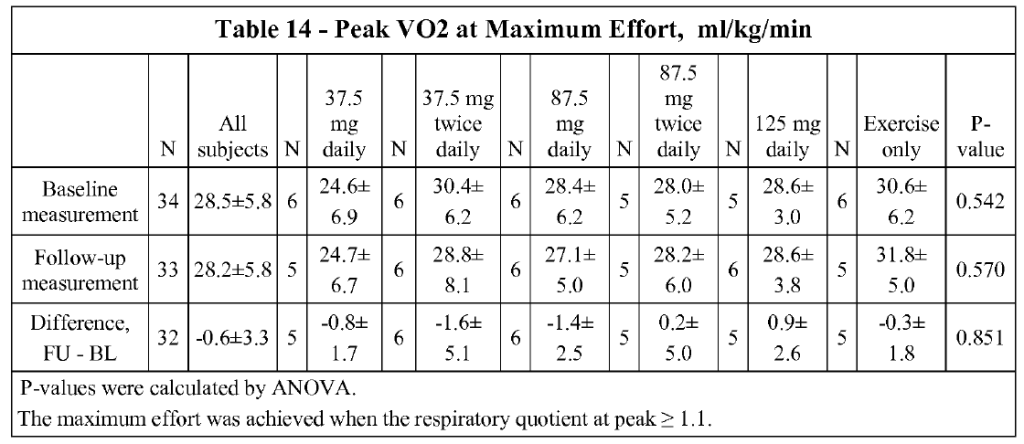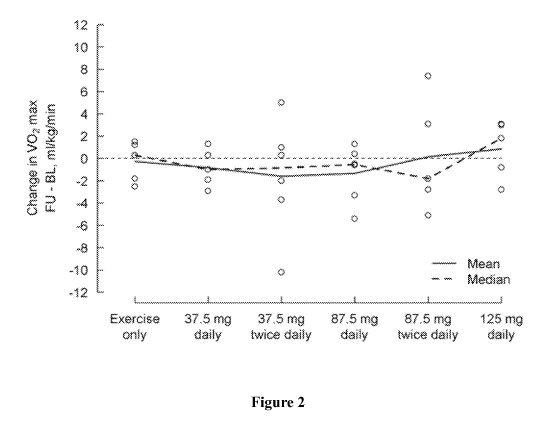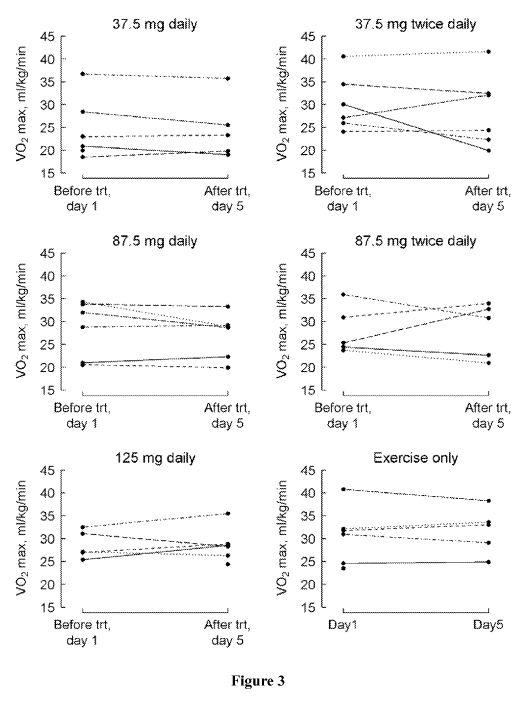IP High Court Case Summary: 2020 (Gyo-ke) 10122
Intellectual Property High Court (IPHC) has indicated the description requirement regarding a medicinal use.
1. Background
The plaintiff filled an international patent application for an invention entitled “Methods of Improving Myocardial Performance in Fontan Patients using udenafil Compositions” on June 30, 2015, while claiming two Paris Convention priorities of August 12, 2014 (US) and June 29, 2015 (US).
The plaintiff received a decision for refusal on September 14, 2018, and then filed a trial against the rejection on February 4, 2019. The board of appeal dismissed the trial on May 28, 2020. The plaintiff filed a lawsuit at IP High Court (IPHC) on October 19, 2020, requesting a cancellation of the decision.
The issue in this case was a description requirement, particularly enablement and support requirements, to which the board of appeal determined that the original application fails to comply with the requirement and the IPHC upheld the decision on January 19, 2022.
2. Claimed Inventions at issue
Amended independent claim 1 (hereinafter referred to as “present invention”) is representative:
<Claim 1>
A pharmaceutical composition for improving exercise capacity as measured by VO2 at maximal effort in a patient who has had a Fontan procedure, comprising udenafil or a pharmaceutically acceptable salt thereof, wherein the dosage of the pharmaceutically acceptable salt is 87.5 mg per dose and the composition is administered twice a day.
3. What the Board of Appeal Said
The board of appeal said as follows:
(1) Enablement Requirement
“The medicinal use of the present invention is to improve an exercise capacity as measured by VO2 at maximal effort in a patient who has had a Fontan procedure, but the working example in which 87.5 mg of udenafil or a pharmaceutically acceptable salt thereof was administered twice a day does not show any advantages over the comparative example.
Therefore, the detailed description fails to disclose to the extent that a person ordinarily skilled in the art would understand that the exercise capacity measured as VO2 improves by administrating, twice a day, 87.5 mg of udenafil or a pharmaceutically acceptable salt in a patient who has had a Fontan procedure, which was not technical common knowledge at the filing of the application. Also, it was not technical knowledge at the time of filing the application that such administration would improve the exercise capacity.
Accordingly, even in consideration of the detailed description of the present application and the technical knowledge at the time of the filing, a person ordinarily skilled in the art would not understand that the administration of 87.5 mg of udenafil or a pharmaceutically acceptable salt thereof twice a day improves exercise capacity as measured by VO2 at maximal effort.”
(2) Support Requirement
“As discussed above, the detailed description of this application fails to describe to the extent that a person ordinarily skilled in the art can recognize that the problem is solved by the present invention, and the present invention does not fall within a range that a person ordinarily skilled in the art would understand, without any descriptions or suggestions, that the problem is solved in light of technical knowledge at the time of filing the application.”
(3) Conclusion
“The claimed invention does not satisfy the enablement requirement and the support requirement for the reasons above.”
4. What IPHC Said
IPHC said as follows:
(1) Enablement Requirement
“Article 36, Paragraph 4 (1) of the Patent Act states that the detailed description of the invention in the specification must be clear and sufficient to enable a person ordinarily skilled in the art of the invention to work the invention. In the case of a product invention, the term “work(ing)” in this provision refers to the act of making and using the product (Article 2, Paragraph 3 (1) of the Act). In order to meet the requirement, the description of the detailed description of the invention in the specification must be such that a person ordinarily skilled in the art can make the product based on the detailed description and the common technical knowledge at the time of the filing without excessive trial and error.
It is generally difficult to predict the utility of a medicinal use invention only by indicating the substance name, chemical structure, and the like. Even if the detailed description of the invention describes to some extent the effective amount, administration method, and matters for formulation, it might be difficult for a person ordinarily skilled in the art to predict whether or not the medicine can actually be useful in its application. In order to be said that a person ordinarily skilled in the art can easily carry it out the invention, the detailed description not only must include pharmacological data or equivalents thereof that indicate the substance is applicable for the intended medicinal use but also should be described such that a person ordinarily skilled in the art would understand that the medicine can be manufactured and, in light of the technical knowledge at the time of filing the application, it can be used as a medicine for the intended use. “
(2) Whether the Description Meets the Requirement
“As a working example, the detailed description includes Example 3, showing an ‘Exercise Stress Test’ in which VO2 at maximal effort was used as the primary outcome, and the test results are shown in Table 14, and Figures 2 and 3.
Looking at Table 14, the standard deviation value “± 5.0” indicating the variation is considerably high compared to the average value “0.2” of change score. The detailed description indicates that “Analysis of variance suggests no difference among change scores (p=0.85).
Referring next to Figures 2 and 3, VO2 at maximal effort changed into positive for 2 persons and into negative for 3 persons out of 5 persons, which means that VO2 at maximal effort of 2 persons improved but that of 3 persons worsened. However, no explanation is made to why, among 5 patients, VO2 of 2 patients improved but, in contrast, that of 3 patients worsened. In addition, no specific tendency, correspondence or technical meaning can be found in Figure 2 or 3 between the number of changes and amount of changes from positive to negative or from negative to positive, and administration volumes and numbers of udenafil.
The detailed description also fails to indicate the mechanism of action by which udenafil improves exercise capacity as measured by maximal effort VO2 in a patient who has had a Fontan procedure, which is not technical common knowledge in the art.”
(3) Conclusion
“As described above, taking the facts that
‘the average value of the change score in this prescription is low while the standard deviation indicating the variability is considerably high’;
‘VO2 at maximal effort changed positively and negatively in either subjects who received and did not receive udenafil and the reasons behind that are not identified ‘;
‘VO2 at maximal effort worsened in more patients’;
‘the technical relationship between the number and degree of positive or negative changes in VO2 at maximal effort and the amount and the number of administration of udenafil are unclear”; and
“the mechanism by which udenafil improves exercise capacity as measured by maximal effort VO2 in a patient who has had a Fontan procedure is unclear, and it is not recognized that there is common technical knowledge for the improvement”; and
it is not recognized that VO2 at maximal effort improved with this prescription of udenafil only by the test result that VO2 at maximal effort of 2 out of 5 subjects positively changed.
Therefore, the board of appeal did not err in determining that the claimed invention does not satisfy the enablement requirement. It is clear that the plaintiff’s allegation regarding the support requirement is not persuasive in light of the judgement above.”
5. Comments
In this judgment, the purpose of the description requirement for medicinal use was explained and clarified, saying that the detailed description should be presented in such a way that a person ordinarily skilled in the art can understand not only that the medicine can be manufactured, but also that it can be used for the intended purpose in light of the common technical knowledge at the time of the filing.
In this judgment, it was pointed out that in the experimental data, the value of the standard deviation was extremely large compared to the average value. In this case, the specification describes that “Analysis of variance suggests no difference among change scores.” Whether or not analysis of variance needs a significant difference in experimental data is one of the future issues in judging the enablement requirement from now on.
Regarding the fact that the working examples show opposite results, i.e., those who had a positive change and those who had a negative change among the patients, IPHC pointed out that the reasons for the opposite results are not described in the specification. In the future, if there are some results that do not indicate the effect of the claimed invention, it is important to explain the reason in the specification.
In addition, in order to further clarify the matters in this judgment, it is necessary to accumulate judicial precedents, and it is important to watch future trends in judicial decisions.
[Udenafil]
[Note] Table 14, Figure 2, Figure 3 in the present invention
https://www.ip.courts.go.jp/app/files/hanrei_jp/872/090872_hanrei.pdf



